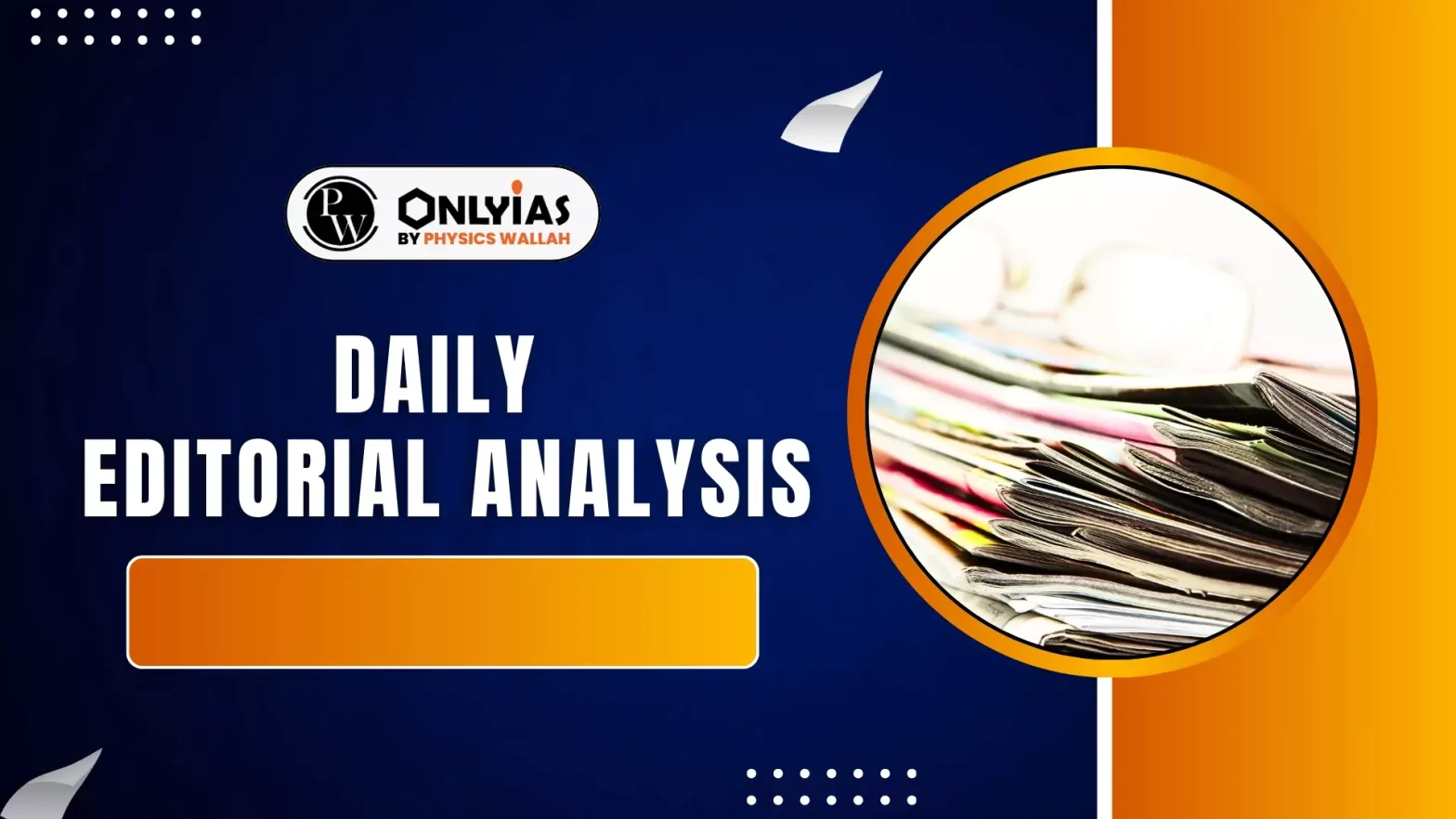The UDISE+ 2023–24 data reveals a rise in private school enrolments, surpassing government schools in some states.
Legal Basis of Right to Education Act
- Fundamental Right: The Right to Education (RTE) Act, 2009 made education a fundamental right for children aged 6 to 14 years under Article 21A of the Constitution.
- Reservation for EWS: Under Section 12(1)(c) of the Act, every private unaided school (excluding minority institutions) must reserve 25% of their entry-level seats for children from Economically Weaker Sections (EWS).
- Reimbursement Model: The Government reimburses private schools for each EWS child admitted under this provision, based on the per-child expenditure in public schools, as notified by respective state governments.
Objectives of the RTE Act
- Primary objective: The primary goal of the RTE’s 25% reservation clause is to ensure access to quality private education for underprivileged children, and break social barriers by fostering social inclusion through mixed classrooms of students from diverse economic backgrounds.
- Reducing the Rich-Poor Divide: The policy is designed to create an inclusive education system, aiming to narrow the educational gap between children from wealthy and poor families, thus contributing to greater social equity.
- Enhancing Access: The RTE quota aims to ensure that underprivileged children gain access to better educational infrastructure and higher-quality teaching available in private schools.
- Bridging Institutional Gaps: It focuses on narrowing the quality divide between government schools and private institutions, helping to create a more equitable learning environment.
- Inclusive Classrooms: By mandating mixed classrooms, the system brings together students from diverse economic backgrounds, fostering a culture of inclusion.
- Reducing Segregation: The goal is to minimise caste, religion, and economic divisions within educational settings, making schools socially cohesive spaces.
Issues in Right to Education Act
- Opaque Student Selection Process: Lack of transparency in admission criteria and selection methodology. Parents and communities unable to understand admission basis
- Reimbursement Delays: Government payments to private schools frequently delayed by months .Maharashtra experiences annual delays creating financial stress for schools
- Bureaucratic Harassment: Education officers burden schools with excessive paperwork and unnecessary inspections
Implementation Failure
- Politically Engineered: The failure in implementation of the RTE quota is not coincidental but stems from deliberate political dynamics at the grassroots level.
- Stakeholder Conflicts: Conflicting interests among multiple stakeholders including private schools, bureaucrats, and political actors generate resistance to genuine enforcement.
- Preservation of Hierarchies: Political power structures actively protect existing educational hierarchies, preventing meaningful social integration through schooling.
- Self Interest: Each stakeholder group tends to operate based on self-preservation and private gain, rather than aligning with the inclusive goals of the policy.
Reasons Teachers Opposing RTE Quota Implementation
- Institutional Risk: The main concern among government school teachers is that poor children shifting to private schools under the RTE quota will reduce enrollment in public schools. This could lead to closures, staff transfers, or even abolition of teaching posts.
- Political Power: In states like Maharashtra, teachers have their own constituency in the Legislative Council, which gives them direct political leverage. This unique representation amplifies their influence over education policies.
- Organized Resistance: Teacher unions use their political connections and collective bargaining power to systematically resist the implementation of the RTE quota.
- These unions have emerged as the primary invisible force obstructing the success of the policy.
Reasons for Resistance of the RTE Act by Private Schools
- Financial Burden : Actual education cost: ₹2000/month, Government reimbursement: ₹800/month . Schools bear significant financial losses on quota students
- Elite Parent Pressure : Affluent parents exhibit “class anxiety” and resist mixing with economically weaker students. Research by Annette Lareau identifies this as “moral boundary maintenance” behavior
- Avoidance Strategies : Creating cumbersome admission processes and imposing hidden charges for uniforms, activities . Registering as minority institutions to evade from the reservation requirements .
Policy Outcomes
- Class Divide: Rich children continue to attend elite private schools, with minimal interaction with their economically weaker section (EWS) peers. The ideal of mixed classrooms has largely failed in practice.
- Access Limited: Most underprivileged students are enrolled in low-fee or budget
Way Forward
- Madhya Pradesh Example:
- Digital Transformation : Implemented comprehensive online reimbursement system for transparent processing .
- Reduction in Delays: Reduced bureaucratic delays and manual intervention in payment processes
- Results Achieved : Significantly higher enrollment in reserved seats compared to other states Some budget schools achieved up to 80% quota seat utilization
- Key Learning: Where administrative systems are streamlined, policy implementation shows dramatically better results
- Financial Incentive Model : Lower operational costs make government reimbursement profitable for budget schools . Timely payments create positive business case for quota seat allocation
- Madhya Pradesh Case Study : State allowed reimbursement for more than 25% quota seats creating additional incentive . Budget schools responded by reserving up to 80% seats for quota students
- Teacher Integration : Educate government teachers that RTE quota represents opportunity, not job threat . Create incentive systems that reward teachers for supporting inclusive education
- Private School Cooperation : Establish realistic reimbursement rates reflecting actual education costs . Prevent misuse of minority institution exemptions through strict monitoring
- Social Integration: Promote Mixed classroom culture through parent counselling programmes.
- Digital Transparency : Implement transparent digital systems similar to Madhya Pradesh model across all states . Automate reimbursement processes to eliminate delays and corruption
- Outcome Monitoring : Monitor parental choice patterns and child educational outcomes systematically . Create feedback mechanisms to continuously improve policy implementation
Conclusion
A policy that fails to engage its key actors is unlikely to succeed, no matter how well-intentioned it may be. If inclusivity is the goal, India’s education policy must engage seriously with the political economy of schooling. Stakeholders must be part of the solution — not obstacles to it.
![]() 9 Jun 2025
9 Jun 2025

